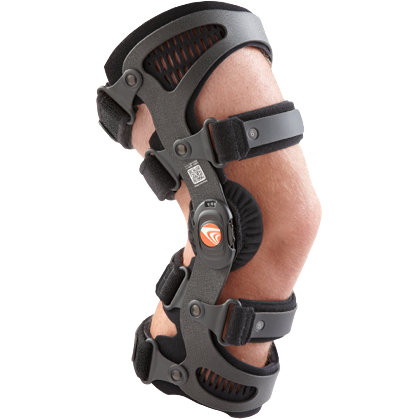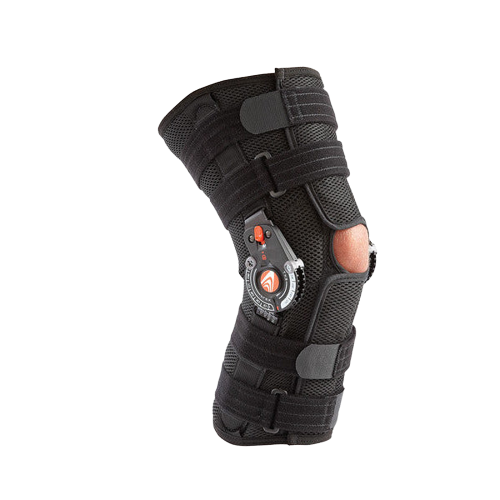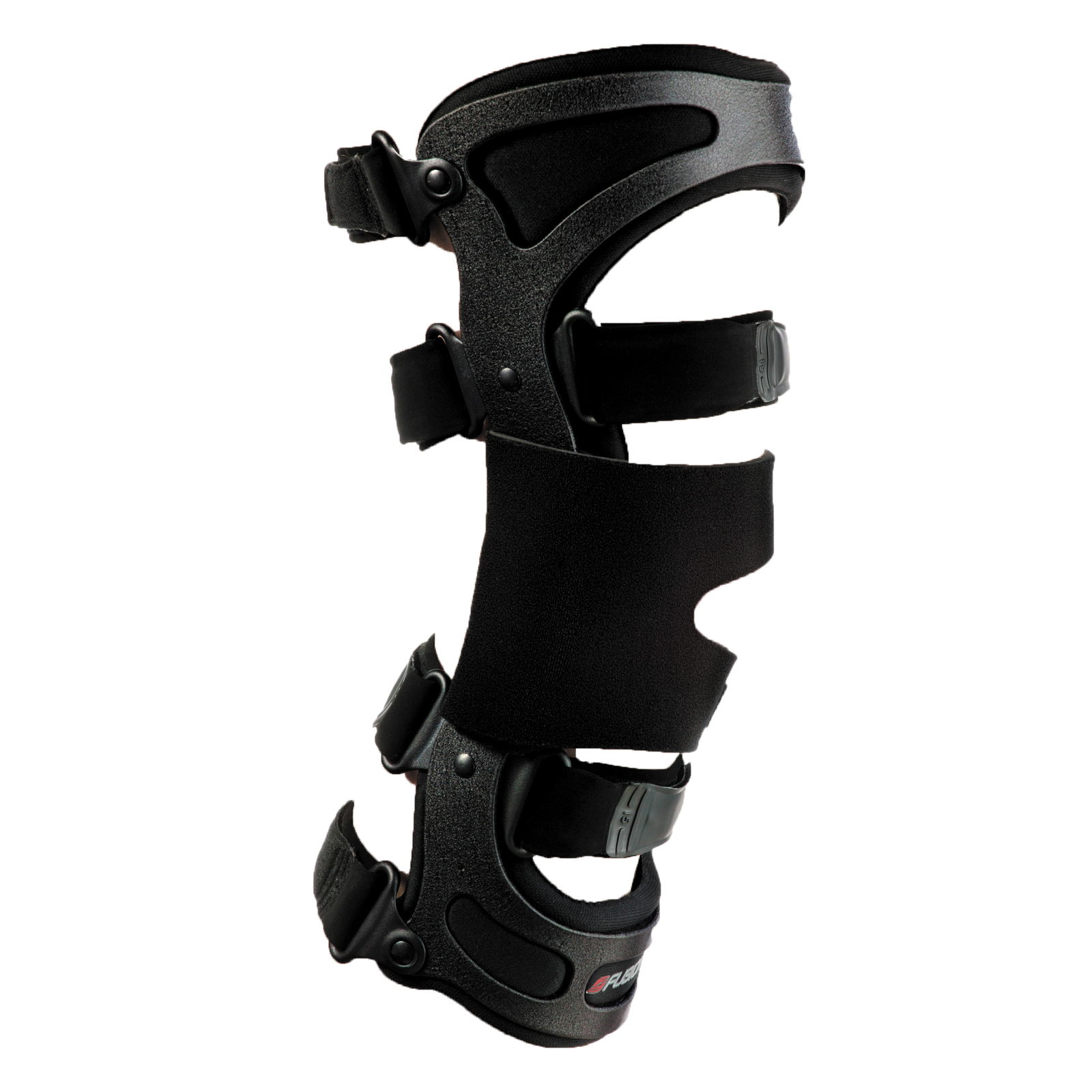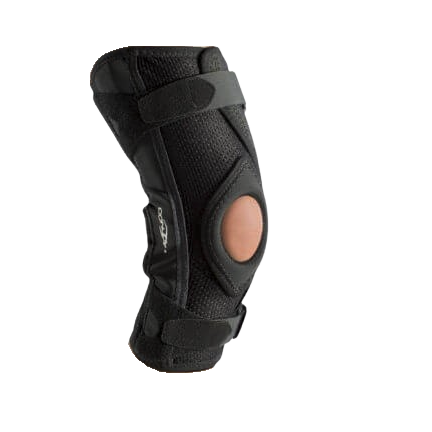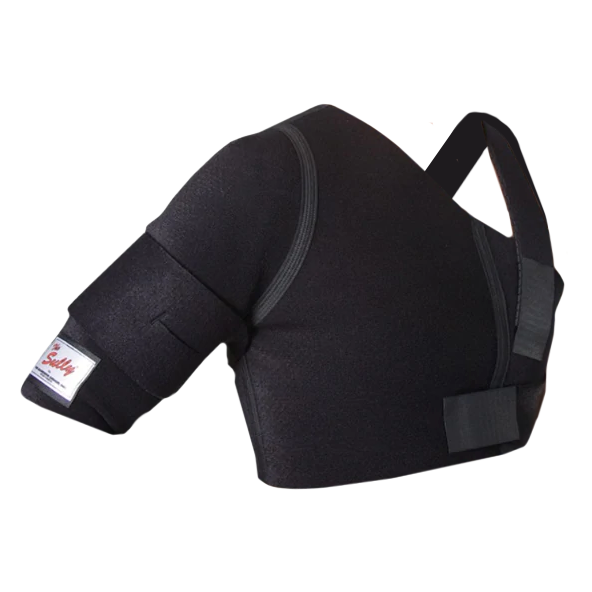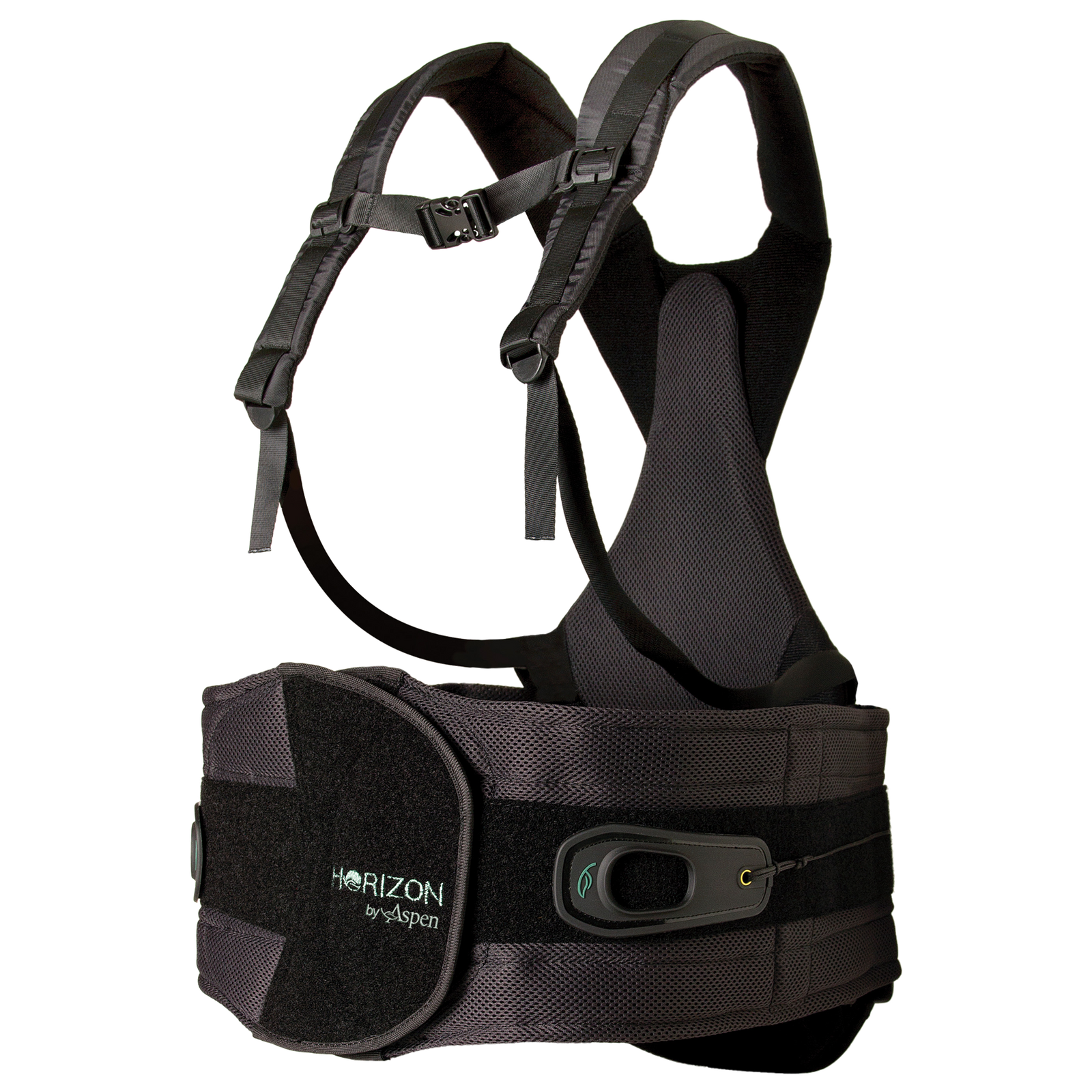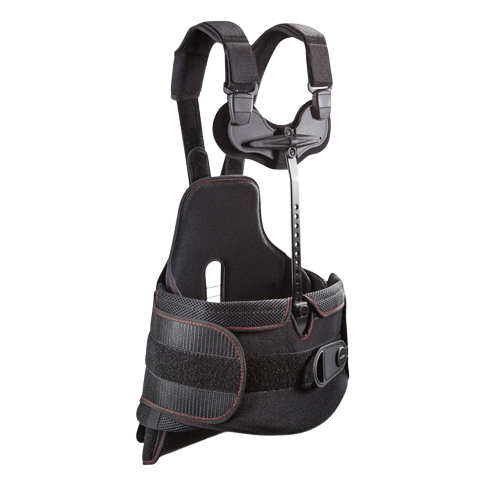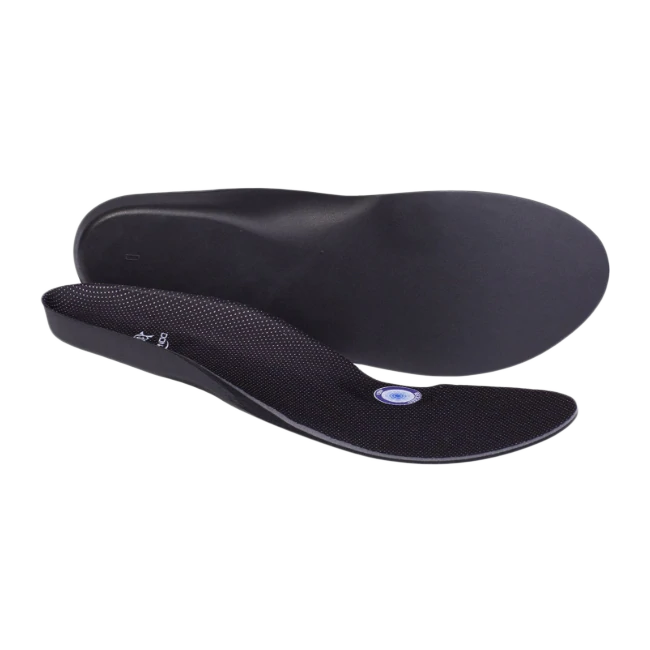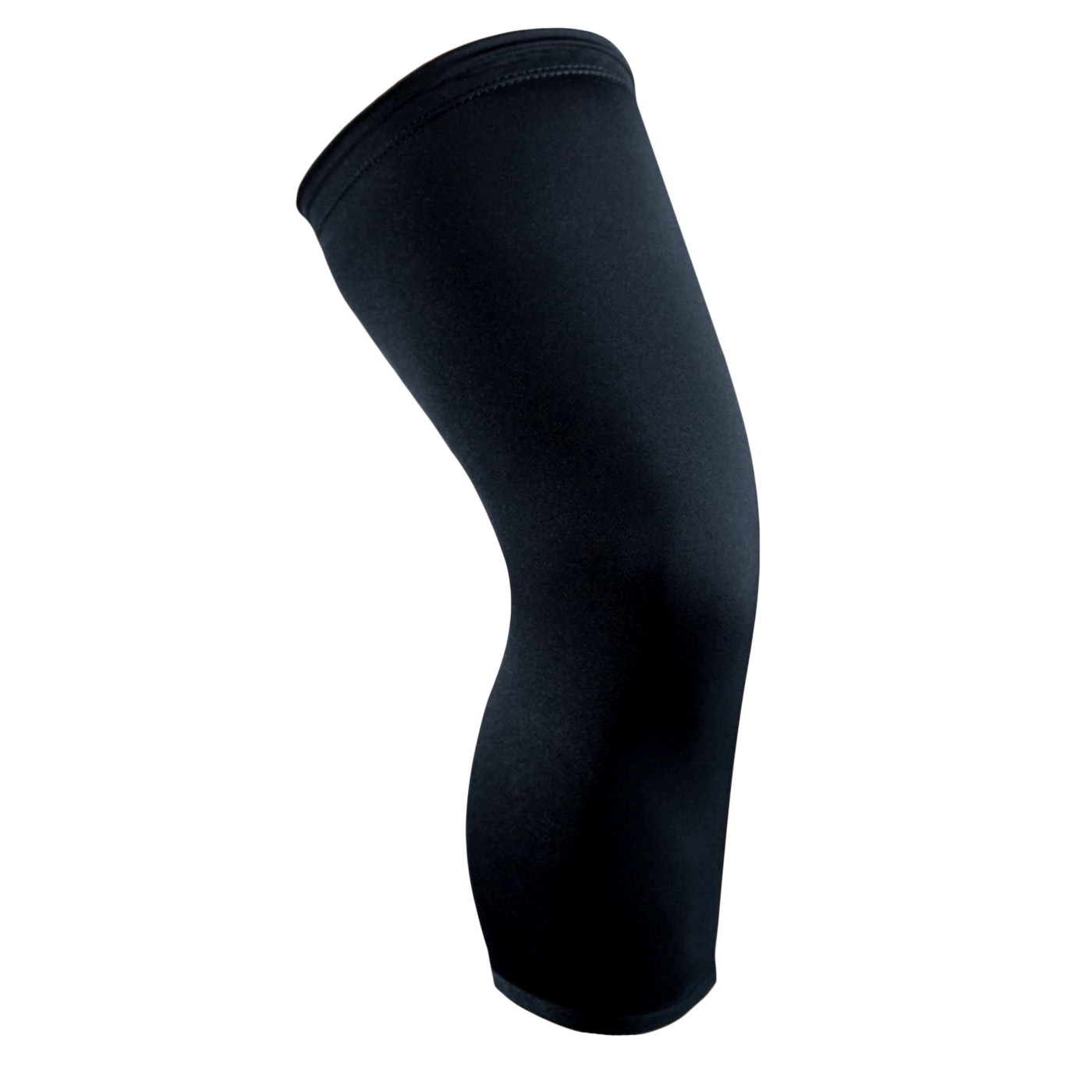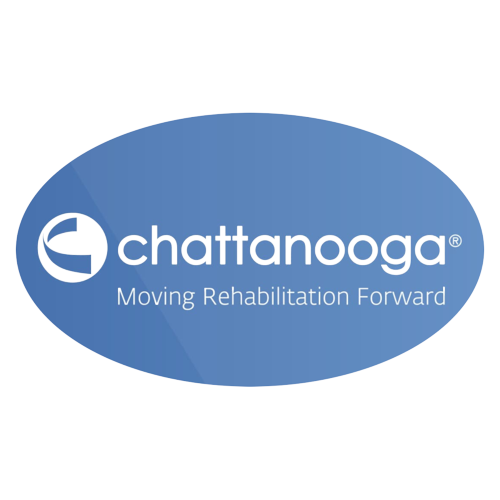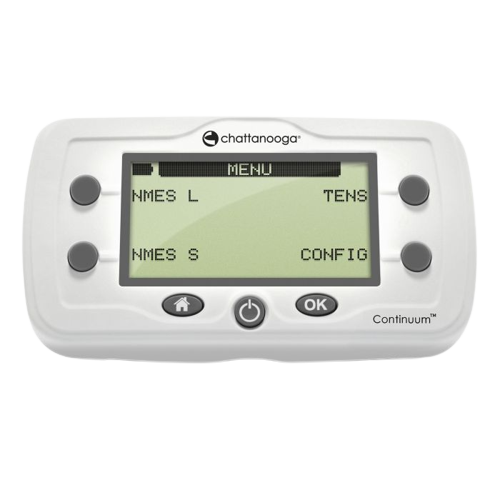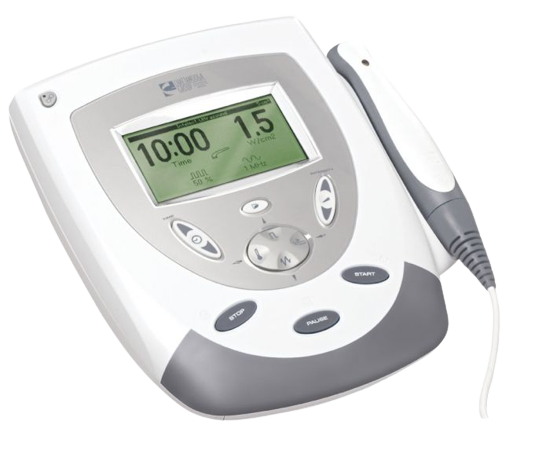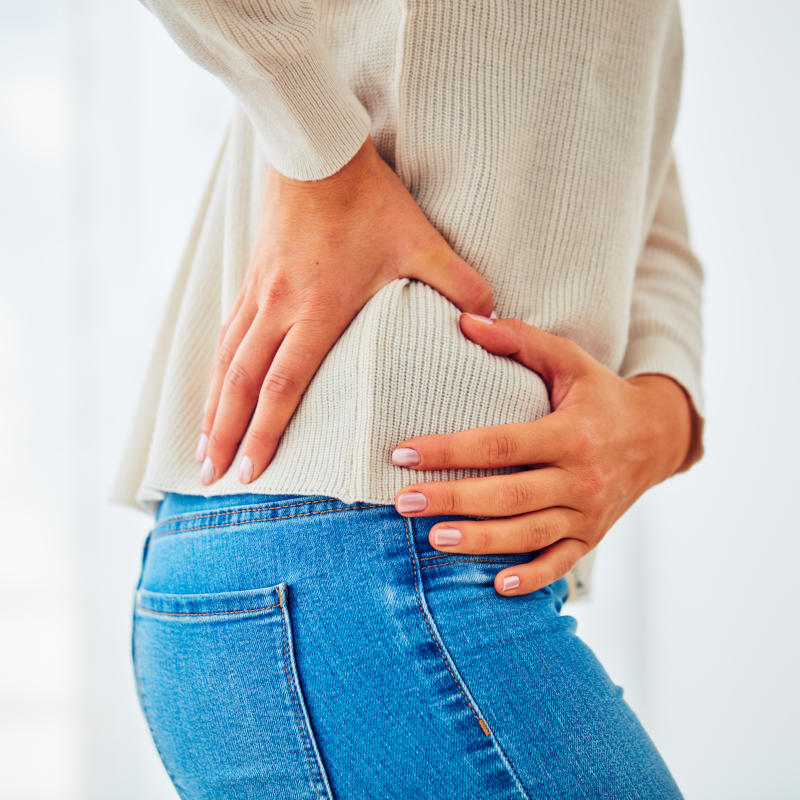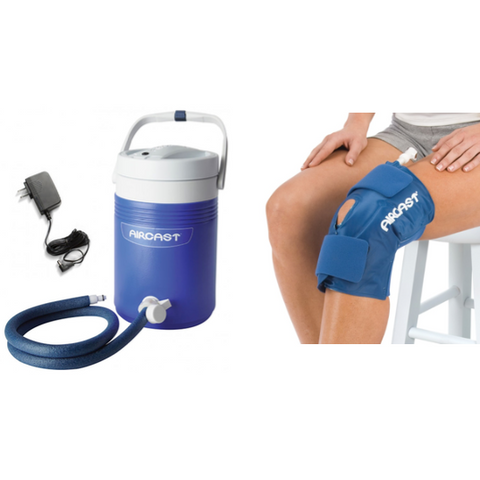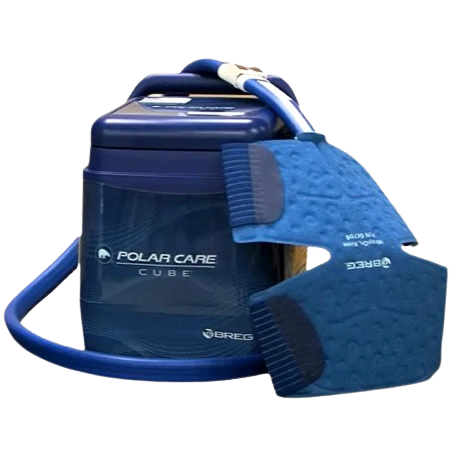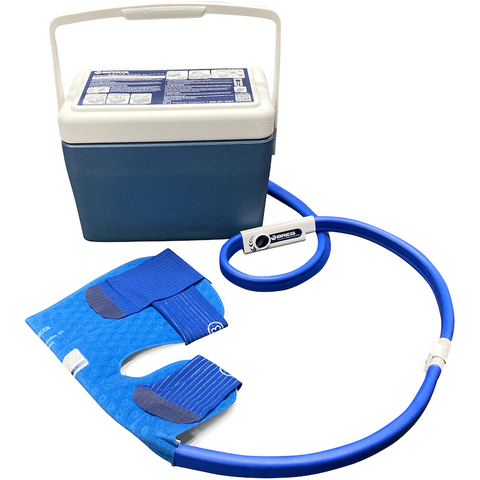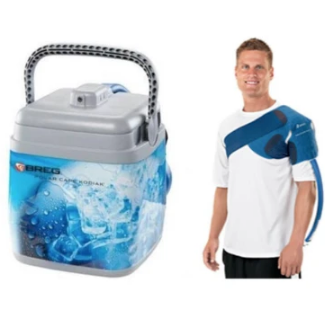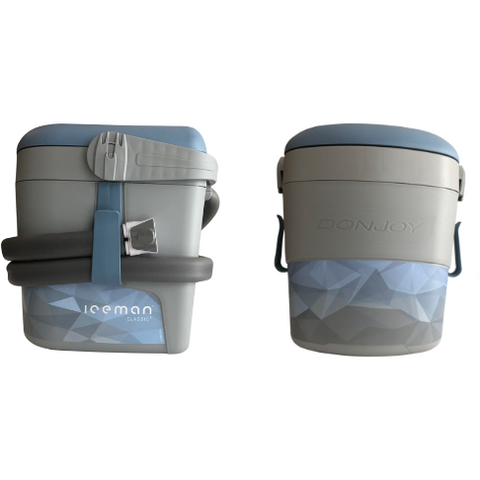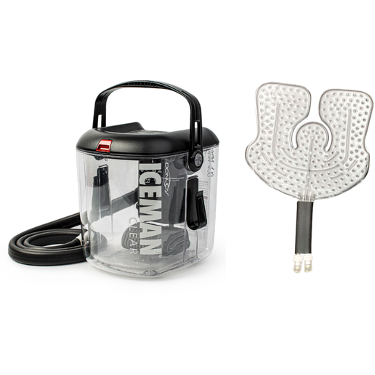
Sore muscles after a workout are often seen as a badge of honor. But when the discomfort starts to get in the way of your daily routine, they can hinder the progress and consistency of your fitness schedule.
Muscle soreness can be relieved and treated with several natural healing methods that help ease the pain. Here’s everything you need to know about how to relieve sore muscles after a workout so you can keep building your gains.
Key Takeaways
- Muscle soreness after a workout is common, especially when you’ve increased the length, frequency, type or intensity of your routine
- DOMS is typically a sign of increased strength and muscle growth, but there’s symptoms to look out for to ensure your condition is not serious
- There’s several simple natural healing methods backed by science that can help relieve muscle soreness and tension
Take advantage of simple, natural recovery techniques after your next workout to help relieve muscle soreness.
What Causes Sore Muscles?
Everyone is susceptible to sore muscles after a workout, whether you’re a professional athlete or just starting your fitness journey. Sore muscles are most common after the intensity, frequency, type or length of your workout has changed.
Medical professionals call sore muscles “DOMS”, which stands for Delayed Onset Muscle Soreness. When you experience DOMS, it means your workout was intense enough to damage your muscle tissue and create tiny tears in your muscle fibers.
When this damage, also known as microtearing, occurs, your muscles start to repair themselves by triggering inflammation. Inflammation puts pressure on your muscles, creating a sense of tightness and ultimately causing pain.
But this kind of muscle damage isn’t harmful and is actually what most people strive to achieve during their workout. Consecutive repairs of microtearing in your muscles is what causes them to grow in size and strength.

You can usually start to feel DOMS 12 to 24 hours after your workout and it typically becomes most intense between 24 to 72 hours. To help combat the discomfort of DOMS, there’s several natural healing techniques you can use.
How To Relieve Sore Muscles
Sore muscles may be a sign of increased strength, but they can make it difficult to complete daily activities. As your muscles begin to heal, use these simple tips to relief.
Keep It Moving
Planting yourself on the nearest couch to ease muscle tension is tempting, but one of the best ways to relieve pain is to keep your muscles moving. Light activity will encourage circulation and drainage of waste in the body that’s contributing to your muscle aches.
When your muscles engage in movement, self-myofascial release occurs, or SMR, and releases tension in the muscles and connective tissues. SMR moves bodily fluids around that cause inflammation by accumulating in your muscles after exercise.
Consider a low-impact activity post-workout, such as:
- Light cardio
- Stretching
- Foam rolling
- Yoga
- Swimming
Doing so will help release this build up of fluid,reduce inflammation and ultimately relieve muscular pain.
Soak in Salt Bath
Warm water and epsom salts are a great combination when it comes to finding relief after an intense workout. Epsom salt, also known as magnesium sulfate, is a compound of two essential elements that fight inflammation. Epsom salt also contains electrolytes that help relieve muscle tightness.
Soaking in the tub for 15 minutes or longer with 2 cups of epsom salt will help:
- Relax your muscles
- Repair damage
- Reduce inflammation
- Speed up recovery
- Relieve pain
If you feel it’s necessary to take more than 3-5 salt baths per week, talk to your doctor about other pain relief methods that can help soothe your sore muscles.
Take It Easy
Dramatically increasing the intensity of your workout is a sure-fire way to amp up your muscle soreness. Schedule in time for your muscles to adapt before turning up the intensity. Doing so will help limit the severity of muscle soreness.
In addition, it’s best to be cautious when you’re trying out a new routine and slowly increase intensity over the course of a few days or weeks. Taking it easy will greatly decrease your risk of experiencing an injury.
Ice & Heat
After an intense workout, alternating between theapplication of ice and heat to sore muscles can greatly reduce discomfort.
The anti-inflammatory properties provided by cold therapy will help reduce any swelling. Heat therapy will increase circulation and aid in reducing tightness. Alternating between ice and heat allows patients to benefit from both reduced swelling and stimulated circulation, resulting in relieved pain.
Once you start to feel the effects of DOMS, follow the method below to properly perform hot and cold therapy:
- Apply one minute of cold
- Apply heat for three minutes
- Switch to cold and apply for one minute
- Switch to heat and apply for three minutes
- Apply one more minute of cold
- Apply three more minutes of heat
- End your session with one additional minute of cold application

Cold therapy can also be used without heat after your workout to reduce inflammation.Cold therapy machines, one of many forms ofcryotherapy, are one of the most efficient ways to benefit from reduced swelling.
Stay Hydrated
Dehydration is the archenemy of muscle recovery. Water helps circulate fluid through your body, relieves the buildup of fluid that causes pain and inflammation. Staying hydrated will flush waste out of your body and deliver much needed nutrients to microtears in your muscles.
On average, you should commit to drinking 8 ounces of water for every 15-30 minutes of exercise you’re performing, in addition to yourrecommended daily intake. Being dehydrated will not only intensify your pain, but your discomfort will also be prolonged.
Get A Massage
Muscle soreness is the perfect excuse for a well-deserved spa day. Getting a massage will boost blood flow and relieve muscle tension, ultimately easing pain. It will also increase the range of motion in your joints and likely spark a mood boost.
Request a gentle massage with light pressure, such as a Swedish Massage, to help relieve your body of tension. Working through knots will help your muscles relax and push pooled fluid out of the body, encouraging faster recovery.
Take Time to Recover
Give your muscles the time they need to rest and recover after a workout. If you don't allow time for microtears to repair themselves,the intensity of your muscle soreness will increase. Build rest into your routine and keep hydrating to encourage healing.
Most importantly, don’t sacrifice any shut-eye. Sleep is one of the most important components of recovery because of the body’s need for NREM, or non-rapid eye movement. NREM increases the creation of new proteins and helps repair microtears in the muscle.
Lastly, keep in mind that the day after an especially intense workout can be the toughest time to keep moving. This is a good opportunity to take a day off and replenish your energy at the spa. To learn more about the importance of active recovery, enjoy the short video below.
Is Muscle Soreness Good or Bad?
The term “microtearing'' sounds concerning and seems like a reason to get your doctor involved. But remember, a little bit of muscle soreness means you’re growing stronger.
Although, intense, sharp pain is a sign of serious injury. If you’re still experiencing pain after five days, give your sports medicine doctor a call.
You should also speak to a healthcare professional if you’re experiencing:
- Limited range of motion
- Affected gait
- Trouble breathing
- Dizziness
- Redness, swelling or warmth of muscles
- Joint pain
- Dark urine
These symptoms can be signs of a more serious condition and should be observed by your doctor to ensure a smooth road to recovery.
Find Relief Today
Most often, sore muscles after a workout aren’t anything to be concerned about. Although, being uncomfortable can hinder the consistency and progress of your fitness routine.
Make the most of natural healing remedies and find relief from discomfort. VisitOrthoBracing today to learn more about natural methods of pain relief.
- Definitive Guide to Hot and Cold Therapy
- 6 Effective Cold Therapy Systems You Should Know About
- 7 Methods of Reducing Chronic Back Pain
- How Fast Shipping of Cold Therapy Speeds Up Recovery
- What Is Cryotherapy? Benefits & How to Do It At Home or a Clinic
- How to Reduce Post Surgery Swelling: The A to Z Guide












